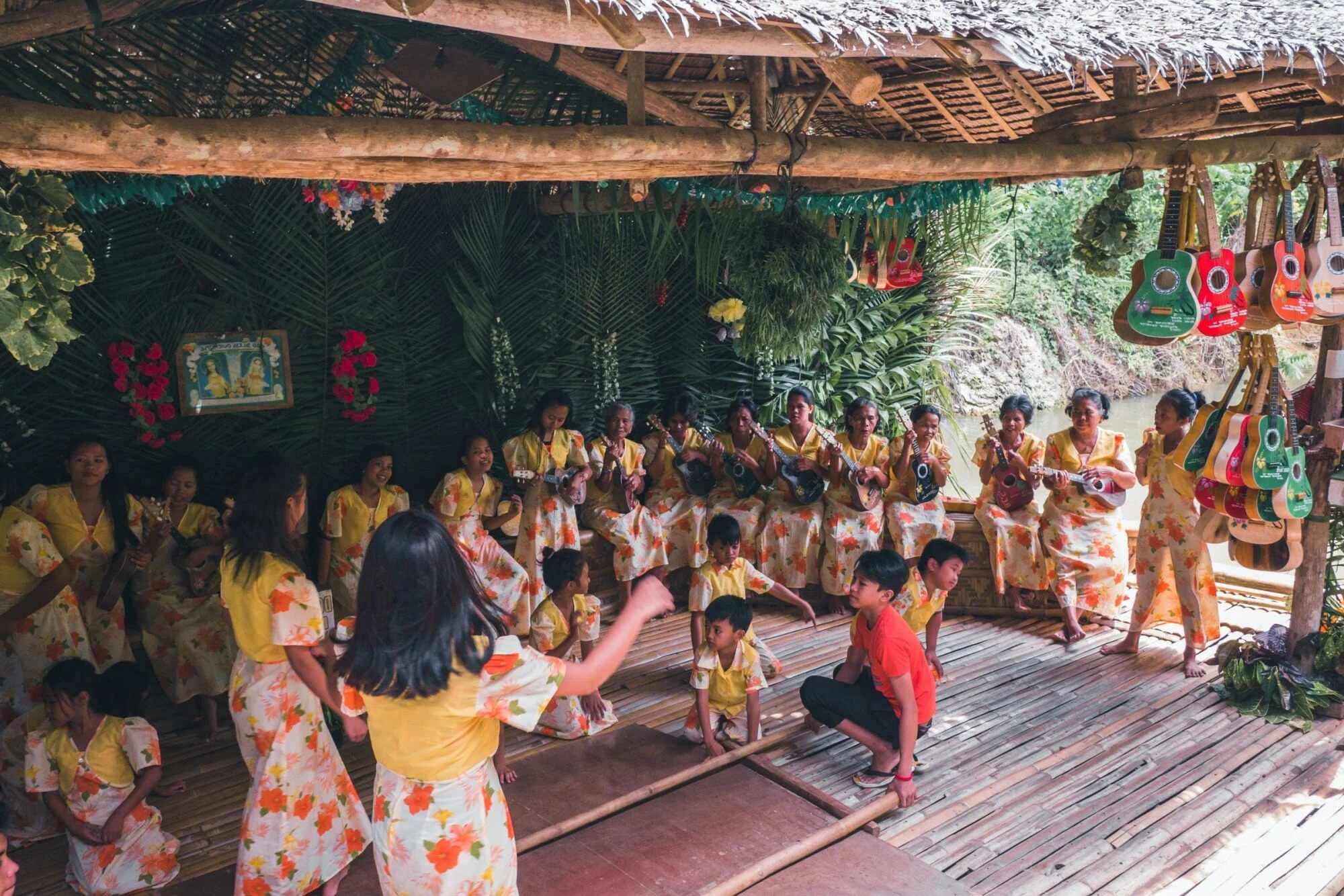Hidden Filipino Traditions That Will Fascinate You

Have you ever wondered about the unique traditions of the Philippines? This vibrant country boasts a rich cultural tapestry woven from centuries of history. From colorful festivals to age-old rituals, Filipino customs offer a glimpse into the heart of its people. One standout tradition is the Ati-Atihan Festival, where participants paint their faces black and don elaborate costumes to honor the Santo Niño. Another fascinating practice is Bayanihan, the communal spirit of helping neighbors, often seen when entire communities come together to move a house. These traditions not only highlight the Filipino sense of community but also their deep-rooted respect for heritage. Dive in to learn more about these captivating customs!
Unique Filipino Traditions
The Philippines, an archipelago of over 7,000 islands, boasts a rich tapestry of traditions. These customs, passed down through generations, offer a glimpse into the heart and soul of Filipino culture. Let's dive into some of the most fascinating traditions that might surprise you.
Festivals and Celebrations
Filipinos love to celebrate. Festivals, known as "fiestas," are held year-round, each with its own unique charm and history.
Sinulog Festival: Held in Cebu City every January, this festival honors the Santo Niño (Child Jesus). Participants dance to the rhythm of drums, trumpets, and gongs, creating a vibrant and energetic atmosphere.
Ati-Atihan Festival: Celebrated in Kalibo, Aklan, this festival is known as the "Mother of All Philippine Festivals." Revelers paint their faces with black soot and wear indigenous costumes to honor the Aeta people, the island's original inhabitants.
Pahiyas Festival: In Lucban, Quezon, houses are decorated with colorful rice wafers, fruits, and vegetables. This festival, held every May, gives thanks for a bountiful harvest.
Unique Filipino Games
Traditional games play a significant role in Filipino culture, especially during town fiestas and family gatherings.
Patintero: A popular street game where players try to cross lines drawn on the ground without being tagged by the opposing team. It's a game of strategy, speed, and agility.
Sipa: Similar to hacky sack, players use their feet to keep a small rattan ball in the air. This game showcases the dexterity and coordination of Filipino players.
Tumbang Preso: A game where players try to knock down a can with a slipper while avoiding being tagged by the "it" player. It's a mix of skill and quick reflexes.
Traditional Filipino Cuisine
Food is an integral part of Filipino culture. Traditional dishes reflect the country's diverse history and regional flavors.
Lechon: A whole roasted pig, often the centerpiece of major celebrations. The crispy skin and tender meat make it a favorite among Filipinos.
Adobo: A savory dish made with chicken or pork marinated in vinegar, soy sauce, garlic, and spices. It's a staple in every Filipino household.
Balut: A fertilized duck egg with a partially developed embryo. This street food delicacy is often eaten with a pinch of salt and a dash of vinegar.
Unique Filipino Superstitions
Superstitions, or "pamahiin," are deeply rooted in Filipino culture. They influence daily life, from weddings to funerals.
Pagpag: After attending a wake, Filipinos believe in stopping somewhere before heading home to shake off any spirits that might have followed them.
Sukob: It's considered bad luck for siblings to marry within the same year. This superstition is believed to bring misfortune to the family.
Lihi: Pregnant women are advised to avoid looking at ugly or frightening images to ensure their baby will be born beautiful.
Traditional Filipino Clothing
Filipino attire reflects the country's history and cultural diversity. Traditional clothing is often worn during special occasions and festivals.
Barong Tagalog: A formal shirt for men, made from lightweight fabric like piña or jusi. It's often embroidered with intricate designs and worn untucked over an undershirt.
Terno: A traditional dress for women, characterized by its butterfly sleeves. It showcases elegance and grace, often worn during formal events.
Malong: A versatile tubular garment worn by both men and women in Mindanao. It can be used as a skirt, dress, or even a blanket.
Filipino Courtship and Marriage Traditions
Courtship and marriage in the Philippines are steeped in tradition, reflecting the country's values and customs.
Harana: A traditional form of courtship where a suitor serenades his beloved with love songs. This romantic gesture often involves a guitar and heartfelt lyrics.
Pamamanhikan: A formal meeting between the families of the bride and groom to discuss wedding plans and seek blessings. It's a sign of respect and unity.
Bayanihan: A community spirit where neighbors help a couple build their new home. This tradition emphasizes the importance of community and cooperation.
Embracing Filipino Traditions
Filipino traditions offer a unique glimpse into the country's rich culture and history. From vibrant festivals to deep-rooted family values, these customs shape the Filipino way of life. Experiencing Sinulog Festival or participating in a Bayanihan community effort reveals the warmth and unity of the Filipino people. Understanding these traditions helps appreciate the resilience and creativity that define the Philippines. Whether it's the colorful Ati-Atihan Festival or the solemn Simbang Gabi masses, each tradition tells a story of faith, community, and joy. Embracing these customs not only enriches your travel experience but also fosters a deeper connection with the locals. So next time you visit the Philippines, immerse yourself in these traditions. You'll leave with unforgettable memories and a newfound respect for this vibrant culture.

